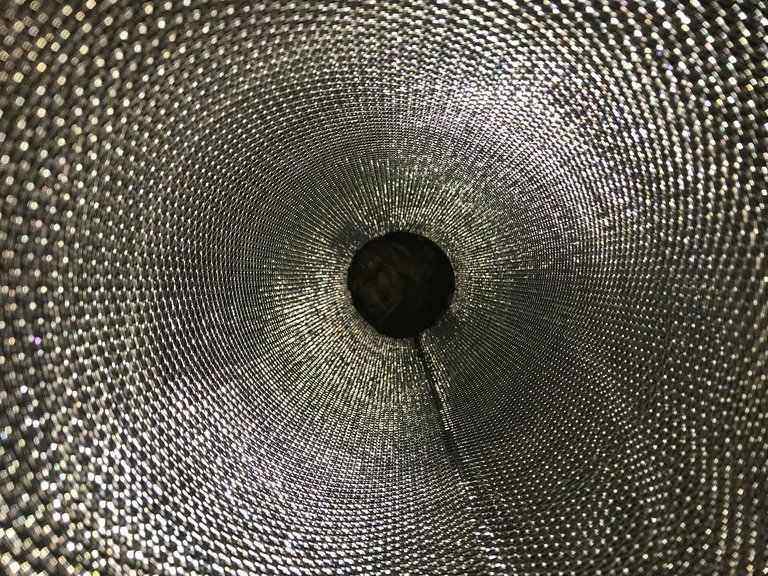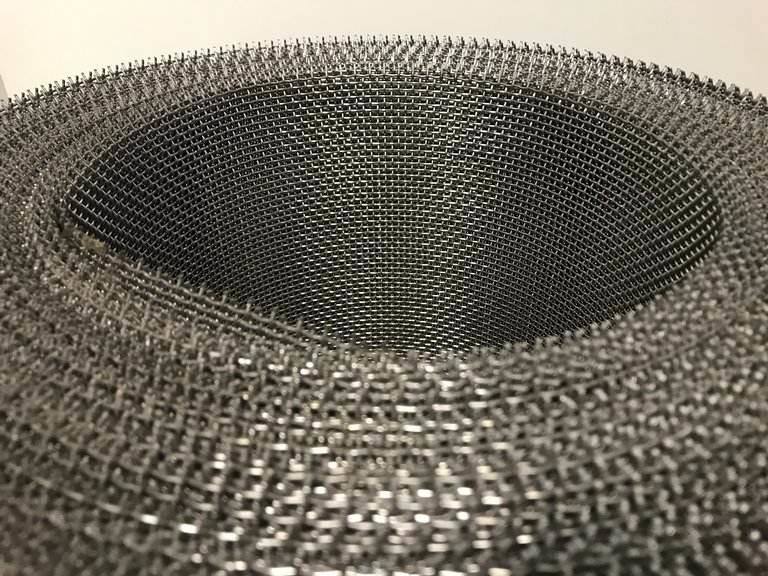Hastelloy alloys are named after the company and person Haynes.
These alloys are alloys that consist out of nickel, cobalt, molybdenum, chrome, iron, copper, manganese, titan zirconium, aluminium, carbon and tungsten. The composition and proportions of these metals differ per type.
Hastelloy has got excellent resistance against corrosion and aggressive substances.
Furthermore, these ‘high performance alloys’, where these Hastelloy alloys are included, have got a temperature resistance up to 1500°C.
Because of these properties, this material is excellent for the use in processes where high temperature are used and, for instance, with machines where high temperatures occur.
Hastelloy alloys can be divided into several categories, with each its characteristics.
In the undermentioned overview, some of these alloys are highlighted.
Hastelloy Alloy B
The alloys that are categorized in this group are heat resistant to an ambient temperature up to 1500°C, depending on the circumstances.
Besides the heat resistance, these alloys are very good resistant against chemical corrosion. This includes sulfuric acid, a large number of non-oxidizing acids and some organic acids.
Because of excreting (precipitation)carbides in the heat-affected welding zone, cracks due to stress corrosion are prevented.
This material can be found in aviation, aerospace and (petro)chemical industries.
Hastelloy Alloy C
From this C-category, we highlight the types of C276 and C-22.
In oxidizing and reducing environments Hastelloy Alloy C276 is applicable. This because of its corrosion resistance and resistance against pitting and stress corrosion.
Besides, C276 is highly corrosion resistant to various acids such as formic and acetic acid, dry chlorine, nitric acid, sulfuric acid and phosphoric acid.
Hastelloy C-22 is also resistant against the acids as mentioned earlier, but is better resistant against organic acids than Alloy 276. Besides this, C-22 is better resistant against stress corrosion which occurs by chloride (SCC).
This alloy can often be found in the chemical and petrochemical industry because of the high-temperature resistance.
Hastelloy Alloy G
Like Hastelloy C276, Hastelloy Alloy G alloys are often found in chemical plants. This alloy can be used to exterminate pollution. For example in flue gas installations to desulfurize.
In particular in installations where sulfuric acid and phosphoric acid occur. Hastelloy Alloy G has good corrosion resistance in oxidizing and reducing environments.



